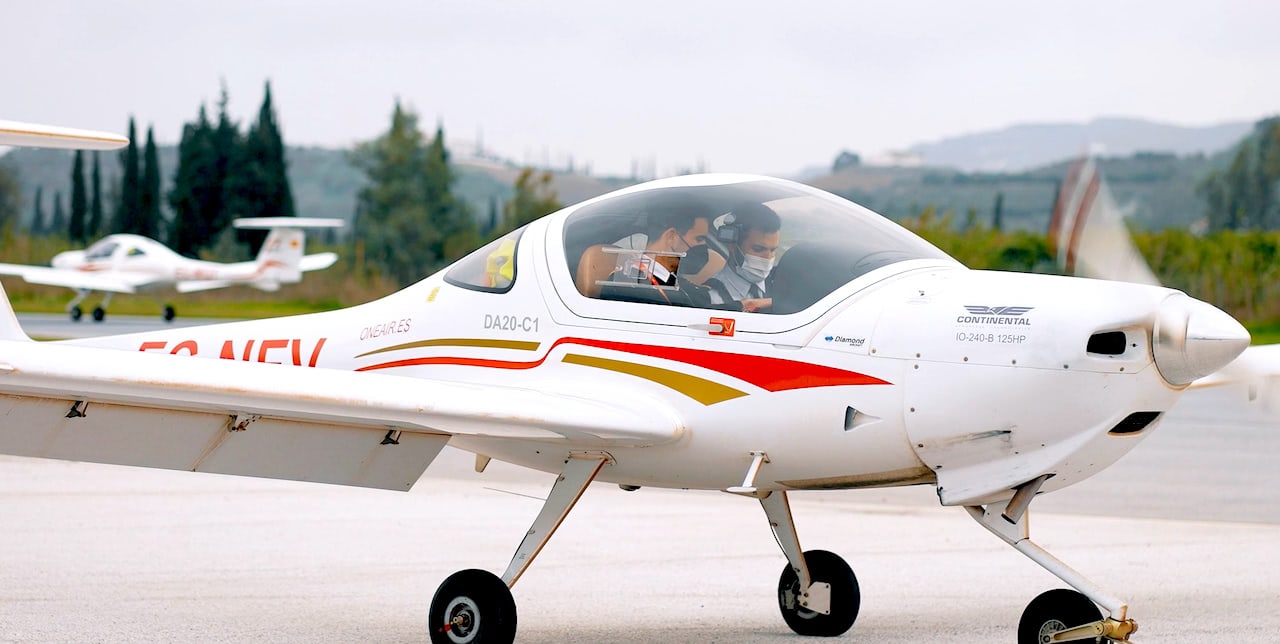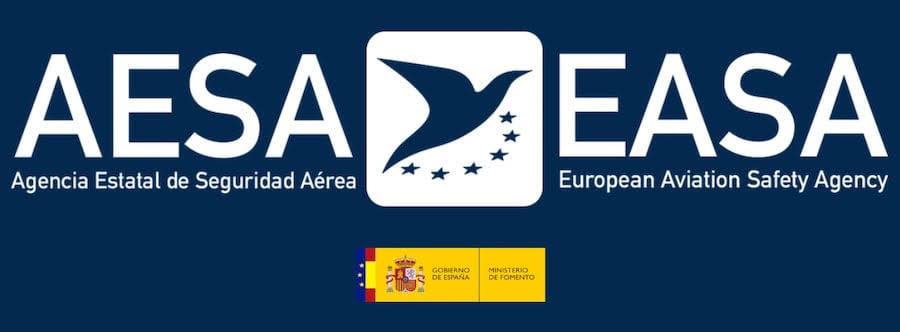We are back with a new post of ‘One Air Experiences’, our series of videos in which students and instructors tell us their impressions of the training.
After seeing what crosswind training is like or what the PBN course consists of, this time we continue learning from our instructor, Jesús Magaz, and his student, Alejandro Carcano.
Alejandro, after passing the simulator phase and having flown several times with his instructor, is almost ready for his first solo flight. But how does a pilot learn to land and when is he ready to take off and land alone?
Without a doubt, take-off and landing are the two most crucial moments in a flight. That’s why, in today’s video, we learn a little more about take-off and landing training prior to an impending first solo flight.




